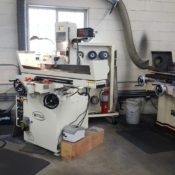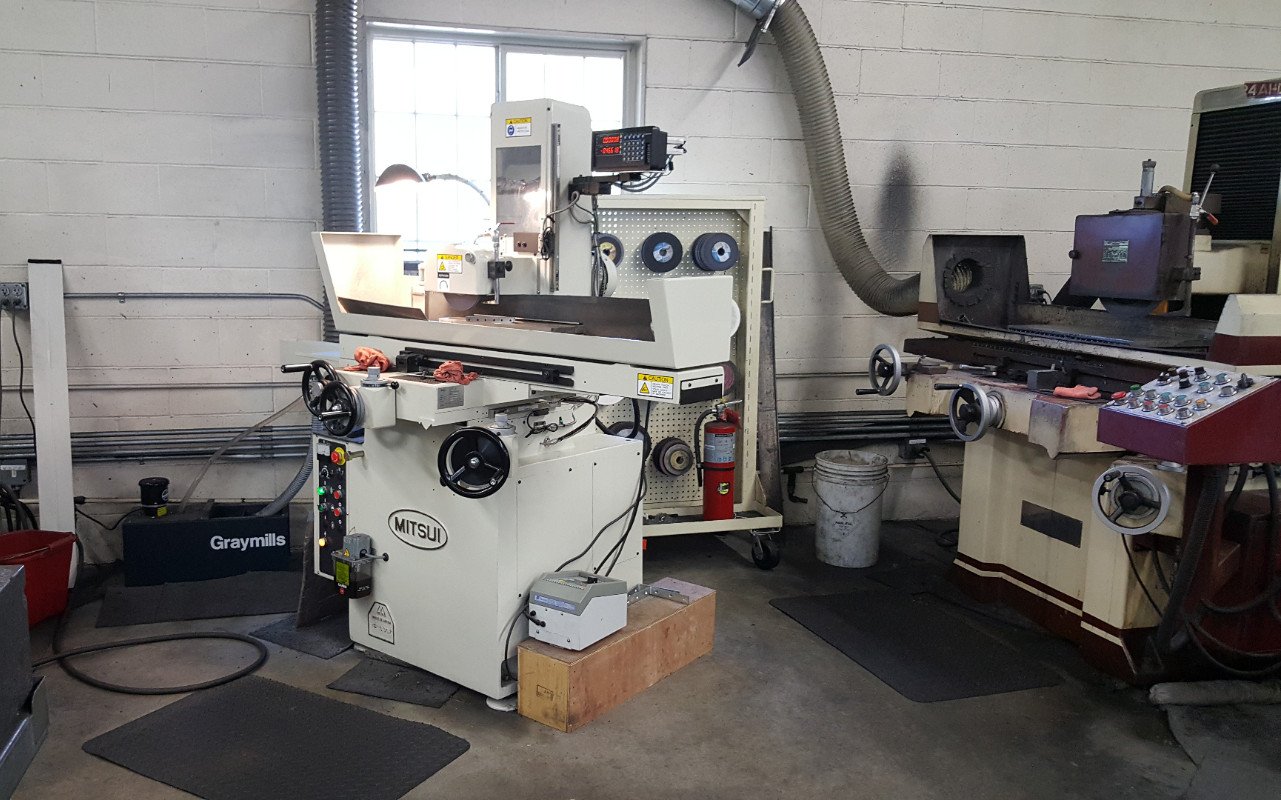 The injection molding process involves the manufacturing of parts from molten material injected into the cavity of a mold in an injection molding machine. The process can be done with a variety of materials including metal, glass, elastomers, and, most commonly, thermosetting polymers and thermoplastics. The plastic injection molding process involves the use of an injection molding machine that melts the raw plastic material before injecting it into a mold. After cooling down the final part solidifies into a shape that conforms to the contour of the mold.
The injection molding process involves the manufacturing of parts from molten material injected into the cavity of a mold in an injection molding machine. The process can be done with a variety of materials including metal, glass, elastomers, and, most commonly, thermosetting polymers and thermoplastics. The plastic injection molding process involves the use of an injection molding machine that melts the raw plastic material before injecting it into a mold. After cooling down the final part solidifies into a shape that conforms to the contour of the mold.
Before the process can begin it requires the construction of a tool or mold by an experienced mold maker. The mold is constructed in two halves, the core, and cavity, as well as all the features and geometry to make up the part specifications. Once constructed, the mold is loaded into the injection molding machine where the injection process is performed.
The Injection Molding Process
– Thermoplastic pellets held in a hopper are fed into the barrel of the machine.
– Friction from the rotating screw inside the barrel of the machine melts the plastic pellets.
– Electric or hydraulic toggles close the mold halves and hundreds of tons of pressure is applied to press them together.
– The rotating screw, set at a preset distance, then advances to inject a prescribed volume of molten plastic under high pressure (thousands of Psi) into the mold cavity.
– Once the material has cooled down it solidifies into the shape of the mold.
– When the mold has cooled down sufficiently the two halves are automatically opened and a number of ejector pins eject the finished part from the core.
The injection molding cycle involves the following:
1. The material is fed into the barrel
2. The material is melted and mixed
3. Predetermined shot sized volumes of material formed inside the barrel and ejected from the barrel into the mold cavity
4. The mold is closed
5. While the molten material is cooling down, steps 1 – 3 of the above process are prepared for the next cycle
6. Mold opens automatically
7. Finished part ejected
8. Return to step 4 to proceed with the next cycle
Calculation of the Injection Molding Cycle
Cycle = Mo+Mc+I+C
Mc = time to close the tool (the actual time it takes to actually close the mold)
I = time to inject the material into the mold
C = time to cool and solidify the molten material
Mo = time to open the mold and eject the part (these times can overlap to make up the total open time)
The production rate of injection is calculated by taking the Cycle Time and multiplying it by the number of mold cavities inside the tool.
For low volume and prototype production, a mold will typically have only one single cavity with little or no automation whereas full production molds used for extremely high volume applications such as closures and caps may have several cavities with full automation, very short cycle times, and extremely high productivity. Once the initial tooling is complete and the process stabilized, these factors provide extremely cost-effective injection molding.
Design Characteristics of Plastic Injection Molded Parts
Custom components for the injection molding process are designed and engineered by experienced industrial designers and engineers. Many factors should be considered in order to produce a stable and dimensionally accurate part and failure to follow design guidelines provided for injection molding may result in undesirable outcomes.
Some of the factors that need to be considered include the following:
– Material selection
– Draft
– Shrink rate
– Ribs
– Undercuts
– Integrated fasteners
– Bosses
Machining
There are two main methods that most injection molding service companies use to manufacture molds:
1. CNC (Standard Numerically Controlled) milling
2. EDM (Electrical Discharge Machining)
CNC machining has become the main method for manufacturing more complex molds with more accurate details and in less time than other traditional methods.
EDM machining, also known as the Spark Erosion Process is also widely used for mold making. Most companies have in-house EDM services which are essential for the building of complex molds. This method allows the formation of molded shapes that are difficult to machine-like ribs or square corners.


